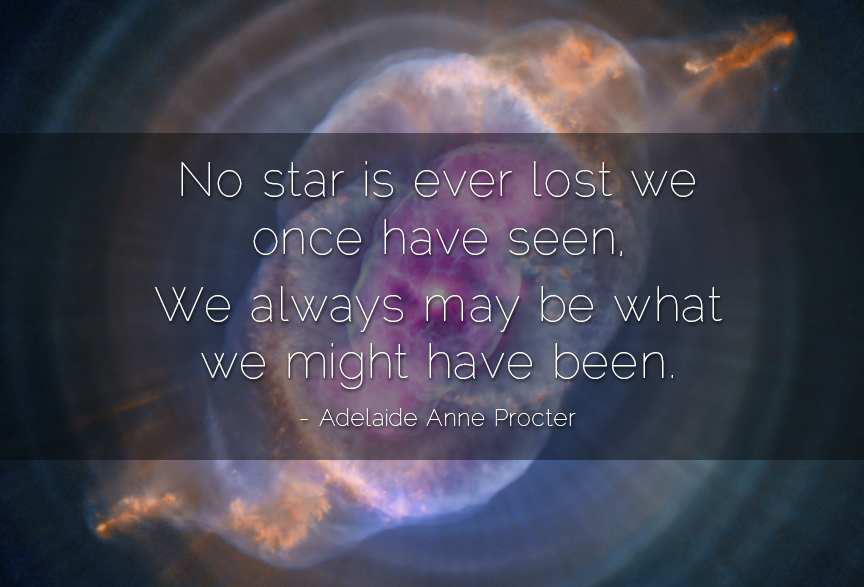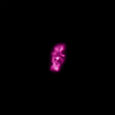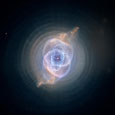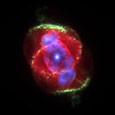
NGC 6543: Also known as the Cat's Eye, this planetary nebula is located about 3,000 light years from Earth.
This famous object is a so-called planetary nebula that represents a phase of stellar evolution that the Sun should experience several billion years from now. When a star like the Sun begins to run out of fuel, it becomes what is known as a red giant. In this phase, a star sheds some of its outer layers, eventually leaving behind a hot core that collapses to form a dense white dwarf star. A fast wind emanating from the hot core rams into the ejected atmosphere, pushes it outward, and creates the graceful filamentary structures seen with optical telescopes.
(Credits: X-ray: NASA/CXC/RIT/J.Kastner et al.; Optical: NASA/STScI)
Learn more about Catseye Nebula:
http://chandra.harvard.edu/photo/2008/catseye/
Learn more about Planetary Nebulas:
http://chandra.harvard.edu/photo/2012/pne/
Learn more about Adelaide Anne Proctor:
http://en.wikipedia.org/wiki/Adelaide_Anne_Procter











